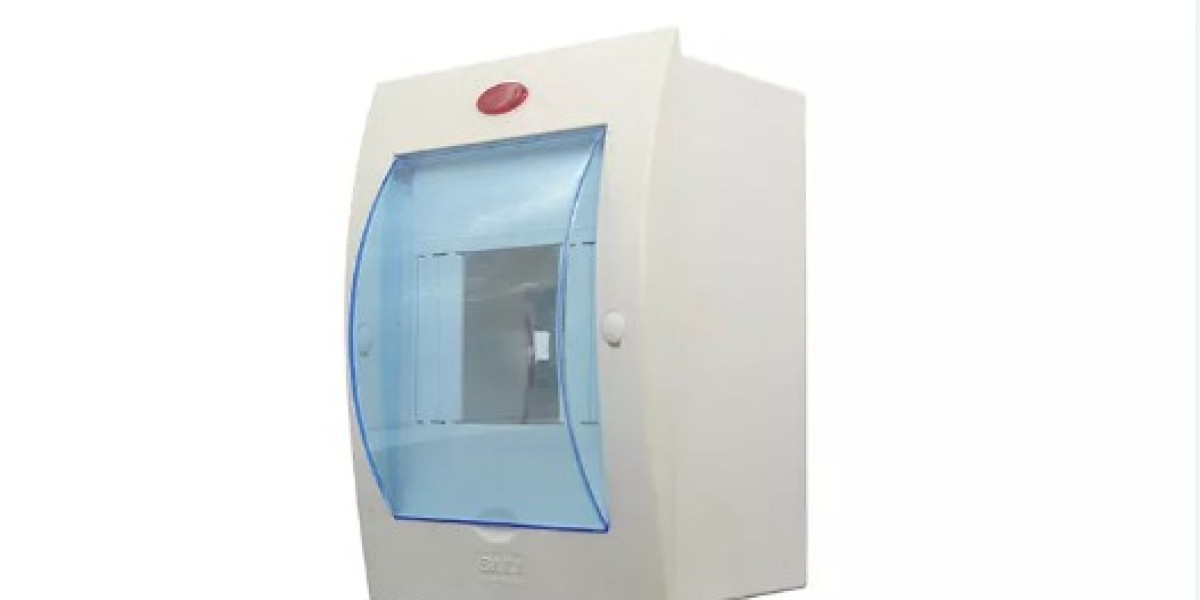Installing an outdoor electrical distribution panel requires careful thought about location, safety, and long-term reliability. While the device itself provides a critical hub for power distribution, its placement determines how well it performs under different environmental conditions. From residential complexes to industrial sites, a well-positioned panel supports steady operation, reduces maintenance, and safeguards electrical systems against exposure.
The first consideration when choosing a site is environmental protection. Panels installed outdoors face direct sunlight, rainfall, wind, and temperature variations. Locating them in a shaded or semi-protected area helps reduce heat buildup while shielding components from unnecessary moisture. For projects where natural shelter is unavailable, protective enclosures or canopy-style covers provide additional security without restricting access for technicians. Proper placement not only extends the lifespan of components but also minimizes risk of interruptions during seasonal weather changes.
Accessibility is another vital factor. Panels should be mounted at a height that allows technicians to reach breakers and connections without difficulty. At the same time, the installation area must remain clear of clutter and machinery that could obstruct access during emergency servicing. Marking safe perimeters or designating dedicated spaces ensures panels remain available for inspection without interfering with day-to-day site operations. In crowded industrial zones or residential areas, allocating an organized area for electrical panels prevents unintentional obstruction and makes maintenance more efficient.
Ventilation plays a role in maintaining stable operation. Electrical systems generate heat, and in an outdoor environment, trapped warmth inside enclosures can accelerate wear on internal parts. Selecting a location with good airflow, or using vented protective housings where feasible, helps reduce internal temperatures. Adequate ventilation also supports cooling mechanisms that prevent overheating during extended usage. By combining airflow and shading strategies, operators can maintain more consistent performance from distribution panels year-round.
Safety considerations extend beyond the equipment itself. Panels should be installed away from areas prone to flooding, heavy traffic, or high vibration. Positioning them above ground level helps prevent accidental water ingress, while keeping panels away from moving machinery avoids potential collisions. In outdoor community spaces, panels should be situated out of direct pedestrian pathways to minimize accidental contact while remaining accessible for authorized personnel. These location choices reinforce a safe environment for both people and equipment.
Future scalability should not be overlooked. As facilities expand or introduce new technology, power requirements change. Choosing a location with room for additional wiring, conduit, or larger enclosures allows for smoother upgrades later. Open space around the panel enables expansion without relocating existing systems, saving both time and cost. In outdoor industrial sites, leaving extra clearance around a panel provides flexibility to accommodate future equipment or upgraded safety barriers when regulations evolve.
Aesthetic integration is becoming increasingly important, especially in commercial or residential projects where visual harmony matters. Panels can be placed behind landscaping features, fences, or decorative housings that conceal them without blocking airflow or technician access. This approach helps maintain the appearance of outdoor spaces while keeping critical infrastructure protected. In urban developments or hospitality settings, such integration ensures panels support functionality without disrupting design aesthetics.
Compliance with electrical safety standards is another crucial aspect of installation planning. Local building codes often specify minimum clearances, mounting heights, and protective measures. Adhering to these requirements not only avoids penalties but also ensures panels operate safely under anticipated environmental conditions. Consulting with qualified professionals during the planning stage helps align location choices with industry regulations, guaranteeing reliable service from the moment the system is energized.
Beyond technical factors, practical usage patterns should also be considered. For example, in facilities where frequent inspections are required, panels located near service routes reduce the time spent accessing them. In residential areas, placing panels where authorized personnel can access them without entering private spaces enhances both safety and convenience. Every location choice should balance technical performance with daily operational needs.
Selecting the right placement for an outdoor electrical distribution panel combines safety, practicality, and foresight. By factoring in environmental protection, accessibility, airflow, safety, and future adaptability, project planners can create systems that remain reliable for years to come. With thoughtful positioning, panels become more than functional devices—they become stable and secure elements of a facility's infrastructure. To explore solutions designed with these considerations in mind, find detailed product offerings at https://www.nante.com/product/ for outdoor applications.






